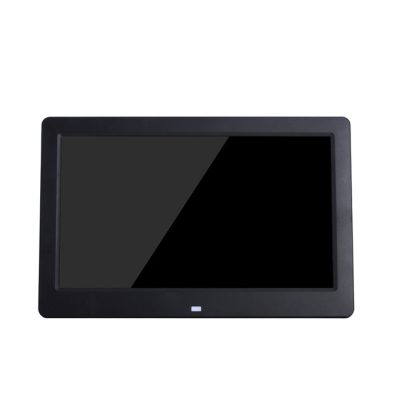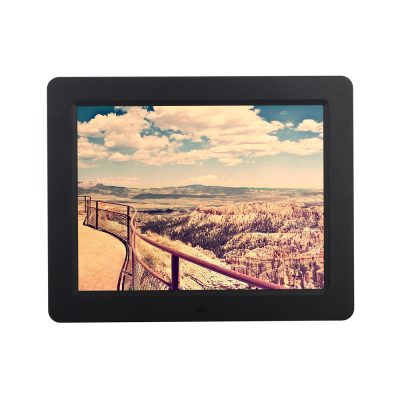Touch screen technology has found numerous applications in healthcare, contributing to improved patient care, streamlined workflows, and enhanced medical services. Here are some key ways touch screen technology is used in healthcare:
- Electronic Health Records (EHRs):
- Touch screen devices, such as tablets and all-in-one computers, are commonly used for accessing and updating electronic health records. Healthcare professionals can input patient information, view medical histories, and document treatment plans using touch-based interfaces, which can improve the accuracy and efficiency of record keeping.
- Medical Imaging and Diagnostic Equipment:
- Touch screens are integrated into many medical imaging devices, including ultrasound machines, X-ray systems, and MRI scanners. Radiologists and technicians can interact with and manipulate images directly on the screen for more precise diagnoses.
- Patient Registration and Check-In:
- Self-service kiosks with touch screen interfaces allow patients to check in for appointments, update personal information, and complete forms electronically. This reduces administrative burdens and wait times in healthcare facilities.
- Telemedicine and Telehealth:
- Touch screen devices, such as tablets and smartphones, are used in telemedicine to facilitate video consultations between healthcare providers and patients. Patients can use touch screens to communicate with healthcare professionals, share vital signs, and receive medical advice remotely.
- Medication Dispensing and Administration:
- Touch screen technology is integrated into medication dispensing machines and automated medication carts in hospitals. Nurses and clinicians can verify medications and doses through touch screen interfaces, reducing medication errors.
- Surgical and Medical Equipment:
- Surgical equipment, such as robotic surgical systems, often utilizes touch screen interfaces to control and monitor procedures. This allows surgeons to make precise movements and adjustments during surgery.
- Patient Monitoring:
- Touch screen monitors are used in intensive care units (ICUs) and other critical care settings to display vital signs, trends, and alarms. Healthcare professionals can quickly assess a patient’s condition and make informed decisions based on real-time data.
- Rehabilitation and Physical Therapy:
- Touch screen devices and specialized apps are used in rehabilitation and physical therapy to provide interactive exercises and track progress. Patients can engage in therapeutic activities through touch screen interfaces, making therapy more engaging and effective.
- Patient Education:
- Touch screens are employed for patient education, displaying interactive educational materials, videos, and diagrams that help patients understand their conditions, treatment options, and post-operative care.
- Wayfinding and Information Kiosks:
- Touch screen kiosks placed in hospitals and healthcare facilities assist patients and visitors with navigation, providing maps, directions to departments, and general information about the facility.
- Remote Monitoring and Wearables:
- Wearable health devices often feature touch screen interfaces for users to track their health metrics and receive real-time feedback. These devices can connect to healthcare providers’ systems for continuous monitoring and remote patient management.
- Infection Control:
- Touch screen devices in healthcare settings may have antimicrobial coatings or be designed for easy cleaning to minimize the risk of spreading infections.
Incorporating touch screen technology into healthcare can enhance efficiency, improve patient engagement, reduce errors, and ultimately contribute to better healthcare outcomes. However, it’s crucial to ensure that these technologies are designed with the highest standards of privacy and security to protect patient data and maintain compliance with healthcare regulations, such as the Health Insurance Portability and Accountability Act (HIPAA) in the United States.















